What is a Mortgage?
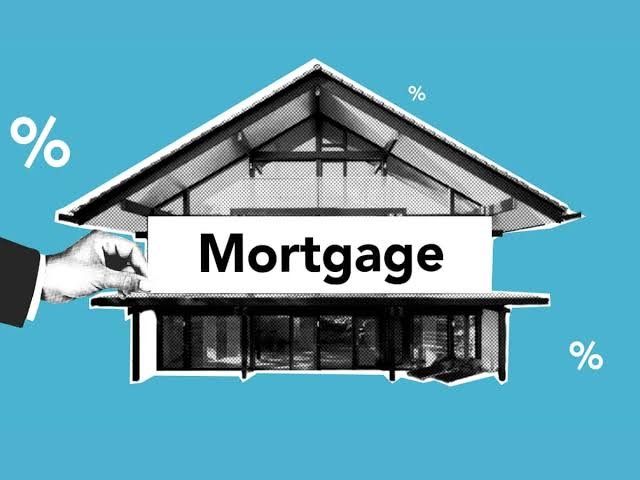
A mortgage is a loan used to purchase real estate, typically a home. The borrower (homebuyer) agrees to repay the lender (usually a bank or mortgage company) over a specified period, commonly 15 to 30 years. The property itself serves as collateral, meaning the lender can seize the property if the borrower fails to make the payments.
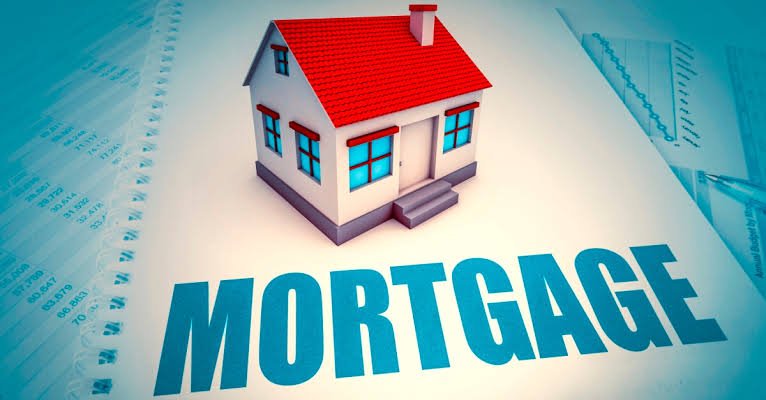
Types of Mortgages
There are several types of mortgages, each with its own features and benefits:
- Fixed-Rate Mortgages: These loans have a constant interest rate and monthly payments that remain the same for the life of the loan. They offer stability and predictability, making them a popular choice for long-term homeowners.
- Adjustable-Rate Mortgages (ARMs): These loans have an interest rate that can change periodically, usually in relation to an index. They often start with a lower initial rate than fixed-rate mortgages but can increase over time, potentially leading to higher payments.
- Interest-Only Mortgages: Borrowers only pay the interest on the loan for a certain period (usually 5-10 years), after which they begin paying both principal and interest. These loans can be risky because the principal remains unchanged during the interest-only period.
- FHA Loans: These are insured by the Federal Housing Administration (FHA) and are designed for low-to-moderate-income borrowers who may not qualify for conventional loans. They require lower down payments and credit scores.
- VA Loans: These loans are guaranteed by the U.S. Department of Veterans Affairs and are available to eligible veterans and active-duty service members. They often come with favorable terms, including no down payment and no private mortgage insurance (PMI) requirements.
- Jumbo Loans: These loans exceed the conforming loan limits set by the Federal Housing Finance Agency (FHFA). They are used for purchasing high-value properties and typically have stricter credit requirements and higher interest rates.

The Mortgage Process
Obtaining a mortgage involves several steps:
- Pre-Qualification and Pre-Approval: Before shopping for a home, borrowers can get pre-qualified or pre-approved for a mortgage. Pre-qualification is an informal process where the lender estimates how much the borrower can afford based on their financial situation. Pre-approval is a more formal process that involves a thorough review of the borrower’s credit and financials, resulting in a conditional commitment for a loan.
- Home Search and Offer: Once pre-approved, borrowers can start looking for homes within their price range. When they find a suitable property, they make an offer to purchase, which may include contingencies such as a home inspection and financing approval.
- Application: After the offer is accepted, the borrower submits a formal mortgage application to the lender. This application includes detailed information about their financial situation, employment history, and the property being purchased.
- Processing and Underwriting: The lender processes the application and conducts a thorough evaluation of the borrower’s creditworthiness, known as underwriting. This involves verifying the borrower’s income, assets, and debts, as well as appraising the property’s value to ensure it meets the lender’s standards.
- Approval and Closing: If the loan is approved, the borrower and lender schedule a closing date. At closing, the borrower signs the mortgage documents and pays any closing costs and down payment. The lender then funds the loan, and the borrower takes ownership of the property.
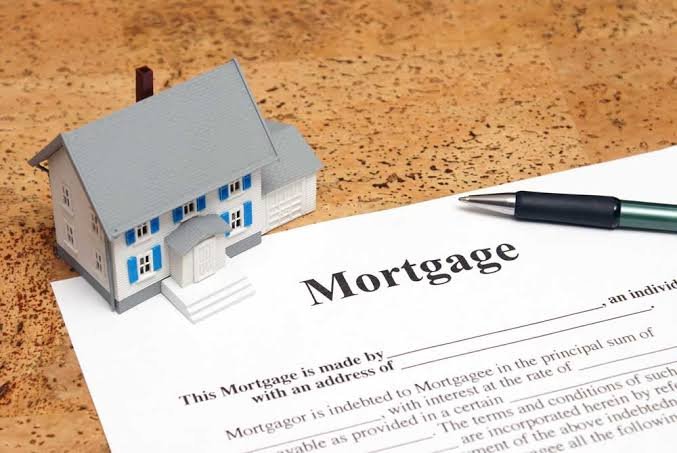
Mortgage Rates and Terms
Mortgage rates and terms can vary widely based on several factors:
- Credit Score: Borrowers with higher credit scores typically qualify for lower interest rates, as they are considered less risky by lenders.
- Loan Term: The length of the loan term affects the interest rate and monthly payments. Shorter terms (e.g., 15 years) usually have lower interest rates but higher monthly payments, while longer terms (e.g., 30 years) have higher rates but lower payments.
- Down Payment: A larger down payment can lead to a lower interest rate and may eliminate the need for PMI. Most conventional loans require a down payment of at least 20% to avoid PMI.
- Market Conditions: Mortgage rates are influenced by broader economic factors, including inflation, employment rates, and the policies of central banks.
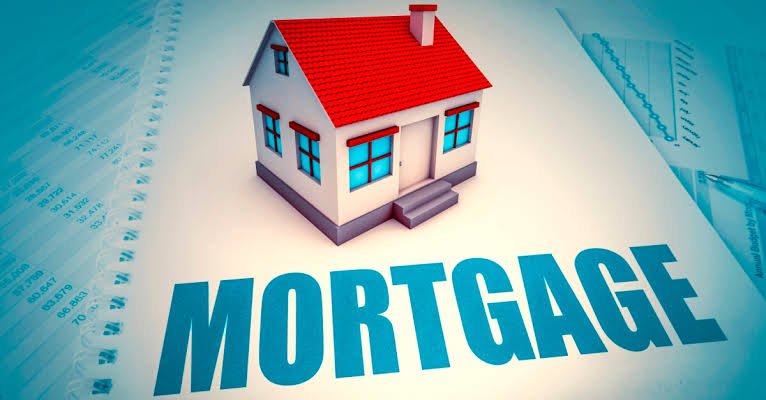
Benefits of Mortgages
Mortgages offer several benefits for homebuyers:
- Homeownership: Mortgages enable individuals to buy homes without paying the full purchase price upfront, making homeownership more accessible.
- Equity Building: As borrowers make mortgage payments, they build equity in their homes. Equity represents the portion of the property owned outright and can be a valuable financial asset.
- Tax Deductions: In some countries, mortgage interest and property taxes are tax-deductible, reducing the overall cost of homeownership.
- Fixed Payments: Fixed-rate mortgages provide stable, predictable payments, helping homeowners budget more effectively.
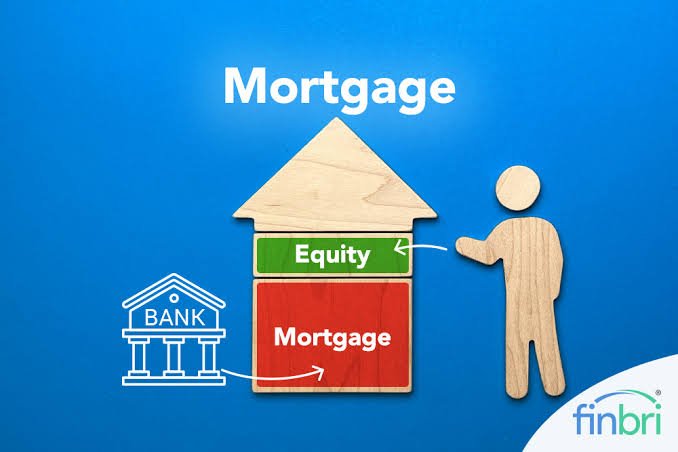
Risks and Drawbacks of Mortgages
While mortgages offer many benefits, there are also potential risks and drawbacks:
- Long-Term Commitment: Mortgages typically span 15 to 30 years, requiring a long-term financial commitment that may not suit everyone.
- Interest Costs: Over the life of the loan, borrowers can pay a significant amount in interest, especially with longer-term loans.
- Property Market Fluctuations: Property values can fluctuate, and in some cases, borrowers may owe more on their mortgage than the property is worth.
- Foreclosure Risk: If borrowers fail to make mortgage payments, they risk foreclosure, which can result in the loss of the home and damage to their credit score.
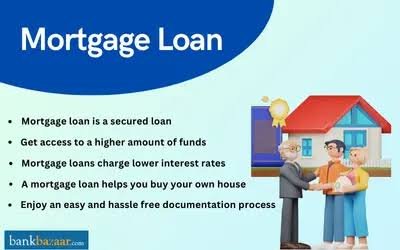
Tips for Choosing a Mortgage
Selecting the right mortgage involves careful consideration of various factors:
- Assess Your Financial Situation: Evaluate your income, expenses, and long-term financial goals to determine how much you can afford to borrow and repay.
- Shop Around: Compare offers from multiple lenders to find the best interest rates and terms. Be sure to consider both the interest rate and the Annual Percentage Rate (APR), which includes fees and other costs.
- Consider Loan Types: Choose a loan type that suits your needs and financial situation. For example, first-time homebuyers may benefit from FHA loans, while those with stable income and high credit scores might prefer fixed-rate mortgages.
- Understand Fees: Be aware of any fees associated with the mortgage, including origination fees, closing costs, and PMI. These can add to the overall cost of the loan.
- Plan for the Future: Consider your future plans and how they may impact your ability to repay the mortgage. If you anticipate significant changes in your financial situation, you may want to choose a mortgage with more flexible terms.
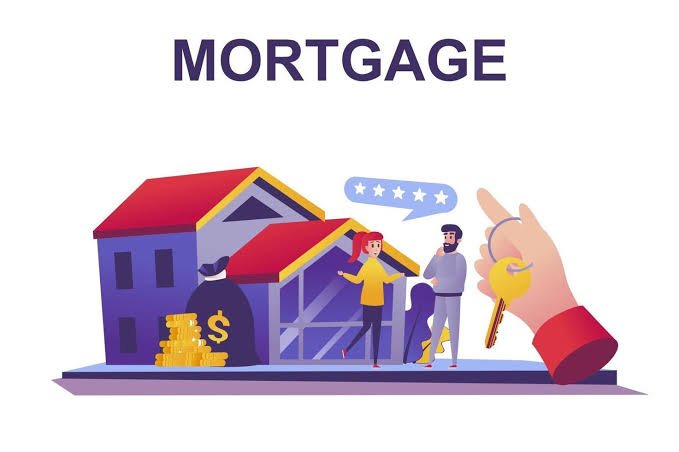
Final Thoughts
Mortgages are a fundamental tool for homeownership, offering the opportunity to buy a home and build equity over time. However, they require careful consideration and long-term financial planning. By understanding the different types of mortgages, the mortgage process, and the factors that influence mortgage rates and terms, borrowers can make informed decisions that align with their financial goals.
If you have any specific questions or need further information on any aspect of mortgages, feel free to ask!